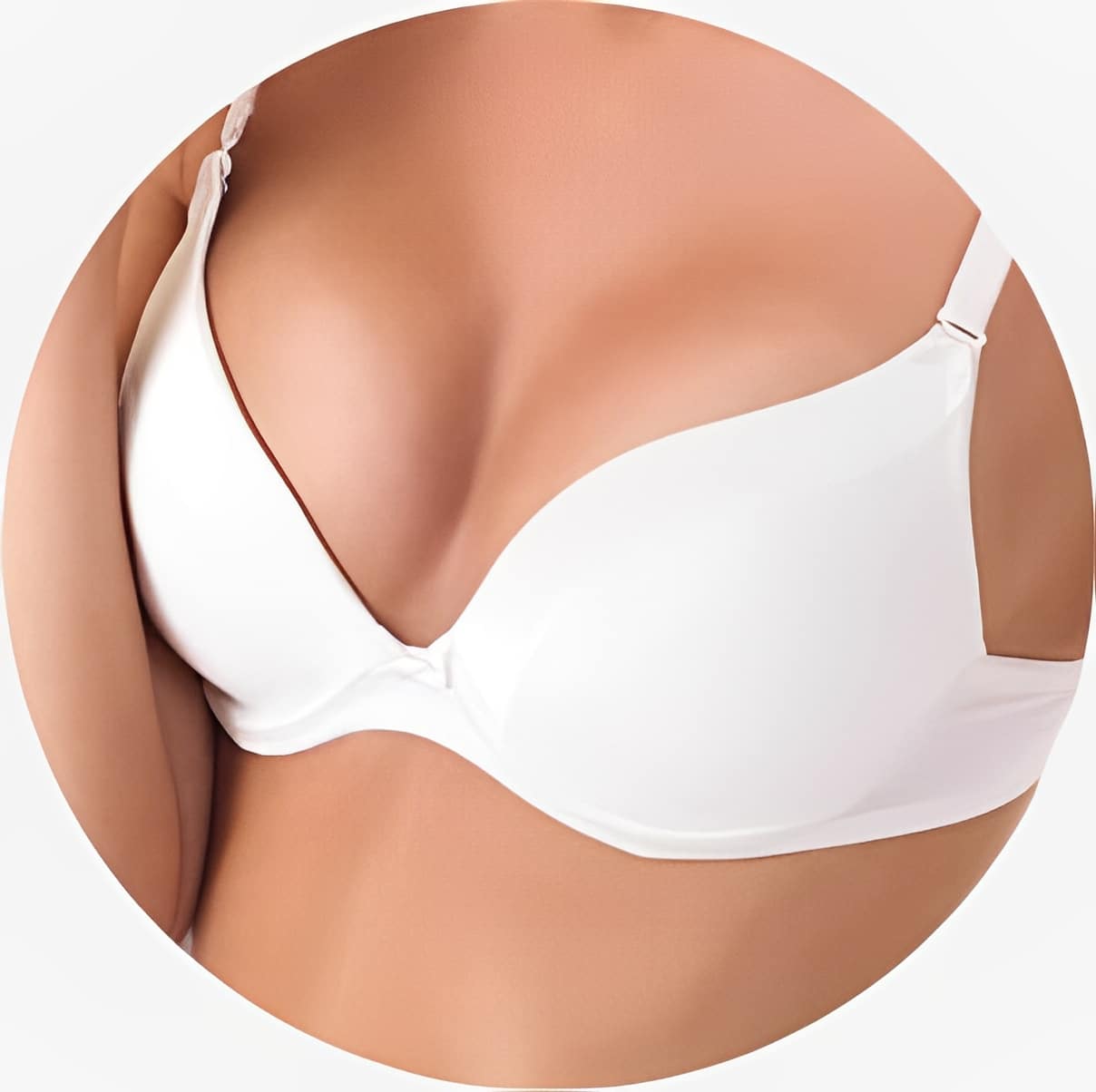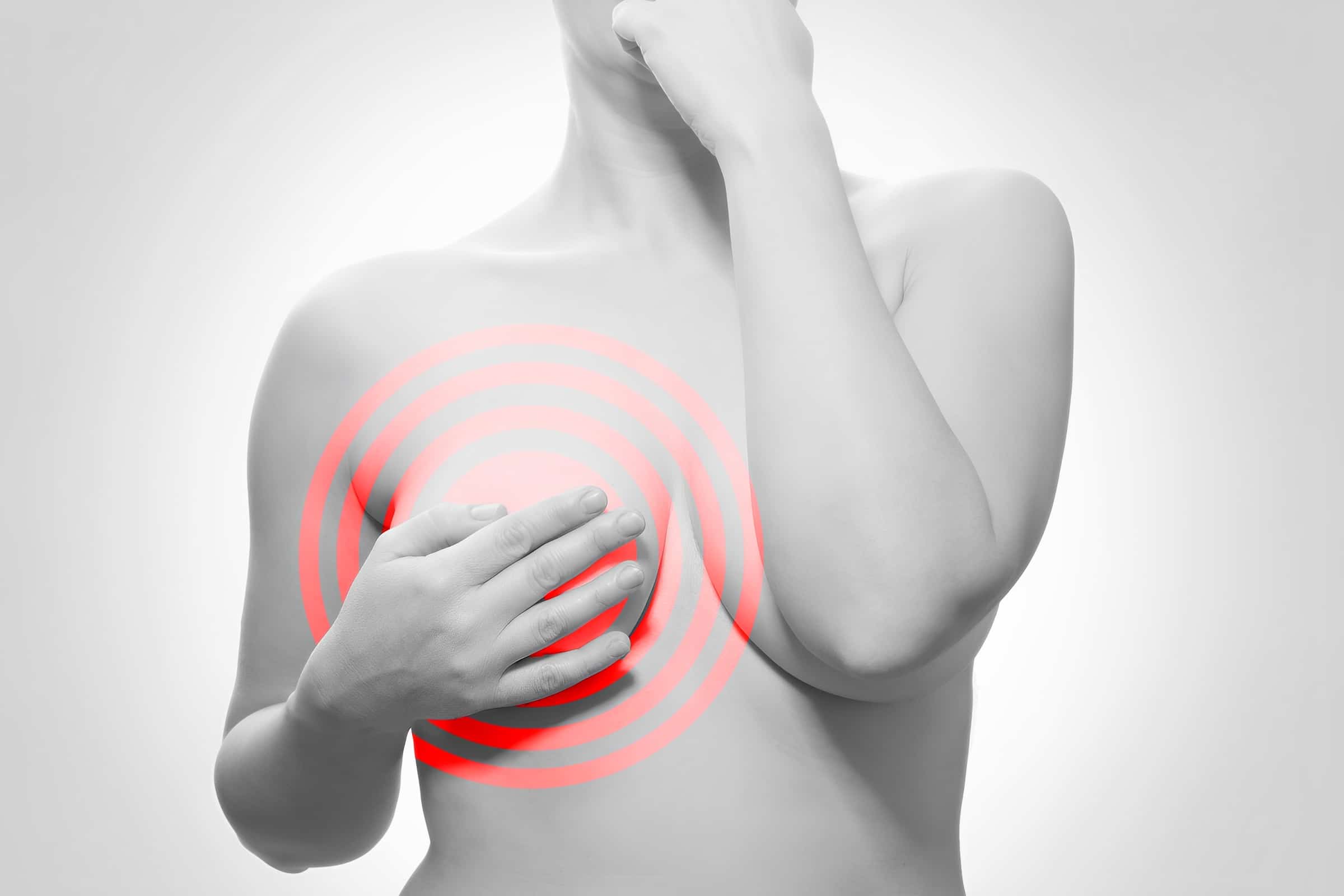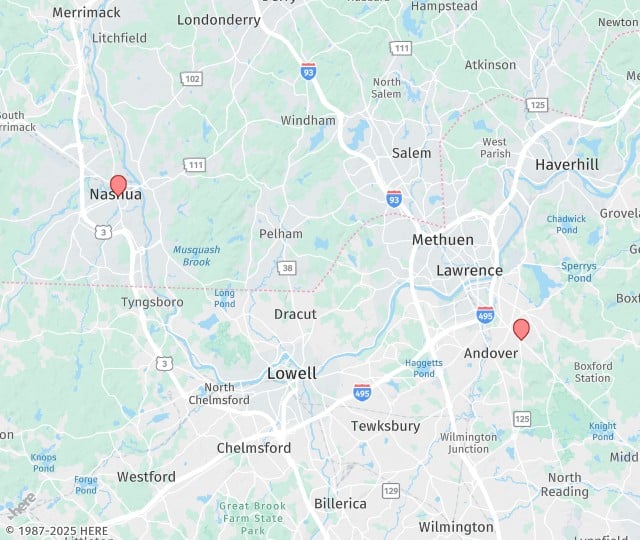Plastic Surgeon Serving North Andover, Boston, Haverhill, MA - Nashua, Salem, Manchester, NH & Nearby Areas
Breast implants have been used extensively worldwide for breast augmentation and breast reconstruction since the 1970s. In those early years of breast implant usage, certain patients believed their implants may have caused them to develop an autoimmune disease.
As a result of this concern, the FDA issued a restriction on the usage of silicone gel breast implants in 1993.

In doing so, they required that plastic surgeons and implant manufacturers perform medical studies to determine whether autoimmune diseases were occurring at a higher rate in patients with silicone gel-filled breast implants.
The FDA subsequently reviewed all the available data and, in 2006, determined that breast implants do not result in an increased incidence of autoimmune disease. The restriction on the usage of silicone gel breast implants was then released and gel implants were available again to patients and plastic surgeons.
Despite the conclusions reached by multiple, peer-reviewed medical studies on patients with breast implants, some patients still feel that their health has been adversely affected by their breast implants. If you have experienced difficulties after your breast augmentation or breast reconstruction procedure, Dr. Chatson is here to help. Call our North Andover office at 978-687-1151
or our Nashua office at 603-882-2103 to schedule a consultation and learn more.
- About Breast Implant Illness
- Is Breast Implant Illness Real?
- What Causes Breast Implant Illness?
- How is Breast Implant Illness Treated?
- What is an total capsulectomy?
- What is Recovery from Implant Removal Like?
- Breast Lift Surgery After Implant Removal
- Fat Grafting After Implant Removal
- Contact Board-Certified Plastic Surgeon Dr. George Chatson
About Breast Implant Illness

Breast implant illness refers to a condition in which patients with breast implants, either silicone gel-filled or saline-filled, believe that their implants have caused them to have a variety of symptoms that were not present prior to their implant surgeries.
While there are many symptoms that may be associated with breast implant illness, the most common symptoms are:
- Fatigue
- Brain fog
- Joint pain
- Muscle pain
- Rashes
- Hair loss
- Sleep disturbance
- Dry skin
While these symptoms are very real, the existence of breast implant illness is not accepted by all physicians. Indeed, in many cases, patients with breast implant illness undergo extensive medical tests that do not identify a suitable diagnosis to explain the symptoms. There are no lab tests or a definite set of clinical criteria to establish a diagnosis of breast implant illness. Some patients have chosen to have their implants removed, with or without removal of their capsules, in order to improve their symptoms.
Most of the patients who have undergone explantation, with or without capsulectomies, for the treatment of breast implant illness have improved. The rate and extent to which symptoms improve vary between patients, but most patients experience improvements in their symptoms soon after capsulectomy and explantation.
Is Breast Implant Illness Real?

Dr. George Chatson believes that breast implant illness is real and he has treated many patients suffering from the condition since 2011. In this time, he has observed the remarkable degree of improvement in many patients who have been treated with explantation, with or without capsulectomies.
Dr. Chatson served as an investigator in a prospective medical study designed to gather data on patients being treated for breast implant illness. Participants described their general health and symptoms before and after capsulectomy and explantation, and their capsules were evaluated in specialized laboratories for the presence of heavy metals or bacterial biofilm. The data produced in this study helped physicians and patients better understand breast implant illness and its treatment. Patients with breast implant illness improved after explant with complete or partial capsulectomies.
Breast Implant Illness: Causes
What causes breast implant illness?
The cause of breast implant illness is unknown, but several theories exist. One theory suggests that silicone may cause an immune reaction leading to symptoms without causing a diagnosable autoimmune disease. Studies have shown that silicone particles are present in capsules of patients with gel-filled breast implants.
Can breast implant illness be caused by saline-filled breast implants?
All breast implants have a silicone rubber outer shell. It is their filling that differentiates them. Breast implant illness can be caused by either gel-filled implants or saline-filled implants.
Capsulectomy and Explantation
Is removal of the implant capsule along with explantation needed to recover from breast implant illness?

It not known whether removal of the implant capsule is needed to recover from breast implant illness. It is known that many patients who have undergone explantation for breast implant illness have chosen to have their capsules removed as well. Most of the patients who have undergone capsulectomy and explantation for breast implant illness have shown significant improvement in their symptoms.
The operation has a high degree of success and patient satisfaction. Patients have improved after explant with partial capsulectomies and after explant with no capsulectomies. At consultation, Dr. Chatson will discuss the risks and benefits of explanting with and without capsulectomies.
What is a breast capsule and what are capsule grades?
A woman’s body naturally forms a scar layer around the entire surface of a breast implant. This scar tissue is called a capsule.
Capsules are classified as grade 1, 2, 3, or 4 based on the breast examination by a plastic surgeon. Breasts with grade 1 implant capsules are soft and appear normal. Breasts with grade 2 implant capsules are a little firm and appear normal. Breasts with grade 3 implant capsules are firm and appear abnormal. Breasts with grade 4 implant capsules are hard, appear abnormal, and are painful.
Total capsulectomy
What is total capsulectomy and how is it performed?
Total capsulectomy refers to the technique whereby the surgeon carefully dissects around the implant capsule and removes it as an intact structure around the implant. Performing capsulectomy in this manner is the best way to ensure complete capsule removal.
Performing a safe and complete total capsulectomy requires a long incision in the fold beneath the breast. Although there is some degree of variability in scar outcomes between patients, most find the scar to be acceptable and well worth it in order to recover from breast implant illness.
Is total capsulectomy safe?
Total capsulectomy can be performed safely and with low risk. As with any operation, the experience and skill of the surgeon are factors in achieving a good outcome.
Total capsulectomy is a delicate and detailed operation. The capsule may be loosely or densely attached to surrounding structures such as breast tissue, pectoralis muscle, serratus muscle, intercostal muscle, and rib bone. Successful total capsulectomy is performed slowly, carefully, and with low cautery instrument energy settings in order to ensure the safety of the operation.
Is it possible to perform a total capsulectomy around a thin capsule?
Yes, it is possible to perform a total capsulectomy around a thin capsule. Performing capsulectomy in this setting requires that the surgeon have patience in dissecting the entire delicate capsule.
Dr. Chatson believes that removing the entire capsule is important in treating certain patients with breast implant illness. For this reason, he is thorough in his efforts to remove the entire capsule when performing capsulectomy for breast implant illness.
Read what our patients are saying!
Thank you so much for everything!!! It is so wonderful to look in the mirror everyday and be happy with what I see. I can't thank you enough for everything you have done.
Click here to read more reviews.
Capsulectomy and Explantation Recovery
What is postop recovery like after capsulectomy and explantation?
After surgery, a patient has gauze over the incisions and surgical bra. One drain tube is placed in each breast. The drain tubes typically are removed five to seven days postoperatively.
Patients are asked to avoid extensive arm reaching for the first two weeks. Leaving the drains in for the appropriate period of time, along with reducing arm activity for two weeks after surgery, both help to reduce the chance of a fluid collection, or seroma, appearing in the breast after drain removal.
Patients are asked to avoid upper body exercise and wear a sports-type bra for a total of six weeks postoperatively.
Will there be a lot of pain after my procedure?
The pain from any operation varies from one patient to the other. Pain after capsulectomy and explantation is usually mild, but some patients experience more significant discomfort. Dr. Chatson can provide you with medications during this time to deal with this temporary issue.
Complications are rare. Most patients need very few postop visits during recovery.
Breast Lift Surgery Following Implant Removal

When is breast lift surgery needed with explantation?
As part of the evaluation of patients planning to undergo explantation, Dr. Chatson examines factors such as:
- The size of breast implants as a percentage of total breast volume
- The amount of natural breast tissue present
- The amount of breast skin present
- Any pre-existing breast scars
- Overall breast skin elasticity
After considering these factors, Dr. Chatson determines whether a patient would benefit from a mastopexy (breast lift) at the time of explantation. Breast lift surgery after explantation repositions the nipple in the center of the breast and removes unnecessary skin to produce a well-shaped and lifted breast mound.
Where are the scars after a mastopexy?
There are different types and combinations of breast lift incisions:
- Circumareolar mastopexy removes excess skin around the areola and the scar is positioned circumferentially around the areola
- Lower pole mastopexy removes excess skin along the lower portion of the breast and the scar is along the lower breast fold
Some patients need both the circumareolar and lower pole mastopexy approaches performed together. Dr. Chatson prefers surgical options that eliminate any risk of vertical scarring. He can discuss this with you as appropriate to help you make the most informed decision for your body.
Fat Grafting Following Breast Implant Removal
Can fat grafting to augment breast volume be performed at the same time as capsulectomy and explantation?
Fat grafting can be performed at the same time as capsulectomy and explantation. Interested patients are evaluated for extra fat availability in areas such as the abdomen, hips, and thighs. The skin elasticity in each of these areas is also evaluated. Fat is harvested using liposuction before undergoing a purification process. It is then injected (grafted) into the breast tissue.
The fat grafts heal by attaching to surrounding breast tissue and gaining circulation. Breast enhancement through fat grafting can produce a fuller and more appealing breast shape naturally, with results that may last for a lifetime. Dr. Chatson can discuss breast augmentation with fat grafting during your implant removal consultation at our North Andover or Nashua office.
Does fat grafting work? Does the fat last?
Fat grafting has been used by plastic surgeons to fill soft tissues of the face and body for many years. However, the results of fat grafting have been variable.
Some patients have had good results with long term survival of the grafted fat. Other patients have seen much of the grafted fat get absorbed by the body and not last over time. These variabilities in fat grafting results have led to many different techniques for the harvest and grafting of fat.
Dr. Chatson uses a technique of fat graft harvesting and fat graft injections into the breast that is gentle to the fat cells. This optimal handling of the fat results in better graft viability and faster healing. It also helps to ensure the longest-lasting results.
What technique of fat grafting does Dr. Chatson perform?
Dr. Chatson uses the Lipografter fat graft system as well as the Microaire fat graft harvesting system. This systems have several features that allow for the gentle harvest, handling, and injection of the fat grafts into the breast.
The Lipografter system harvests fat from the abdomen, hips, and thighs using a low suction pressure that has been designed to prevent damage to the harvested fat cells. Secondly, the harvested fat is processed and prepared for grafting using a gentle gravity-based method to separate fat from the liposuction fluid. Finally, the entire fat harvesting and injection systems are closed to air and therefore do not expose any fat cells to the harmful effects of exposure to air. The Microaire system is better suited for larger volume fat graft cases. In more than 30 years of practice, Dr. Chatson has found that the Lipografter system and the Microaire system are the best systems available for safe, effective, and lasting results.
Contact Us to Learn More
If you have questions about breast implant illness or believe you have developed the condition following breast enhancement, please call Dr. George Chatson at 978-687-1151 or 603-882-2103 to schedule a consultation today. Dr. Chatson serves Lowell, Lawrence, and surrounding areas of Massachusetts from our North Andover office. Patients in Salem, Manchester, and surrounding areas of New Hampshire can be served through our office in Nashua.
